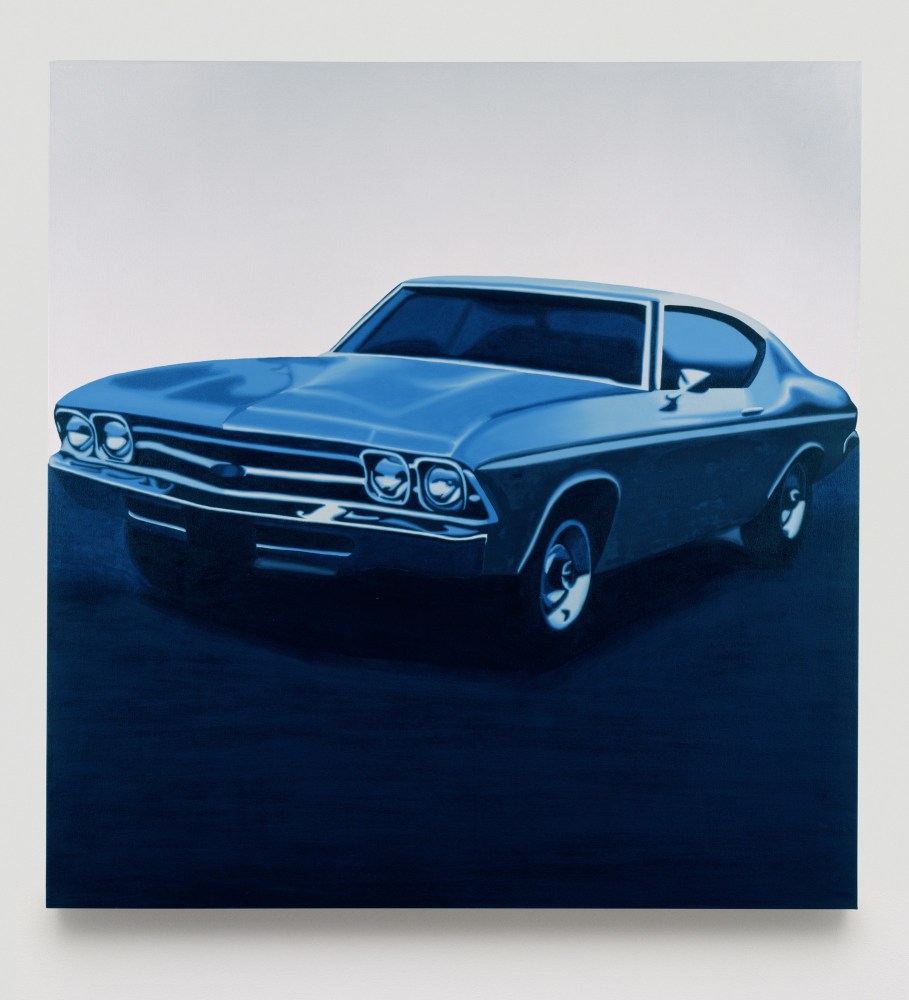
In an effort to bring some verbal order to the mesmerized discomfort I felt in front of Peter Cain's work, I asked him what he thought his paintings were related to. "They could be like Robert Ryman,” he offered; and then, after a consequent pause, he added "but they're obviously of something.” "Ryman” completely undermined the answers I had prematurely anticipated which were more like Duchamp, Kafka, Richter, or de Sade (critics like to answer their own questions). The "something" Cain's paintings are "obviously of" is so pervasive (and so evasive) that the subject's dialogue with and dependence upon the abstract structures of making are initially all but overlooked. However, Cain is, in many respects, an old fashioned easel painter obsessed with the means and medium of the acts of painting (as is Ryman).
Among the several meanings of the word "auto", one is short for automobile; another is a prefix meaning "self" that is employed in the formation of various compound words. Peter Cain has spliced together these two meanings of auto just as he has spliced together the front and rear profiles of his models (most recently a Porsche 911 and a Mazda Miata) into elliptical seamlessness. He creates literal and figurative icons of autoeroticism. His paintings generate a chain reaction of psychovisual puns on auto-motivation.
The mechanico-eroticism that fueled much of Dadaism and some of Surrealism, from Duchamp, Man Ray, and Picabia to Dali, became a mass public given in the course of the development of the automobile. By the late 1940s and into the 1950s, the sumptuous curvilinearity that Detroit lavished on many of its models matched Hollywood in its penchant for mammary excess. The car became a female container for male mastery (has a woman ever designed a car?). Under the mandate of aerodynamics, a kind of retro sexiness has of late returned to car design (Porsche, of course, never gave it up). It is from this universally and instantly identifiable realm of public consumerism that Cain chooses his subjects. He gives preference to what he regards as the better designed, which is frequently of Japanese origin. The apparent veristic accuracy of his glistening illusionism leaves no doubt about its derivation from the photo reproduction found in car magazines and promotional brochures. Respects are also payed to such car-crazed Super Realists as Ralph Goings.